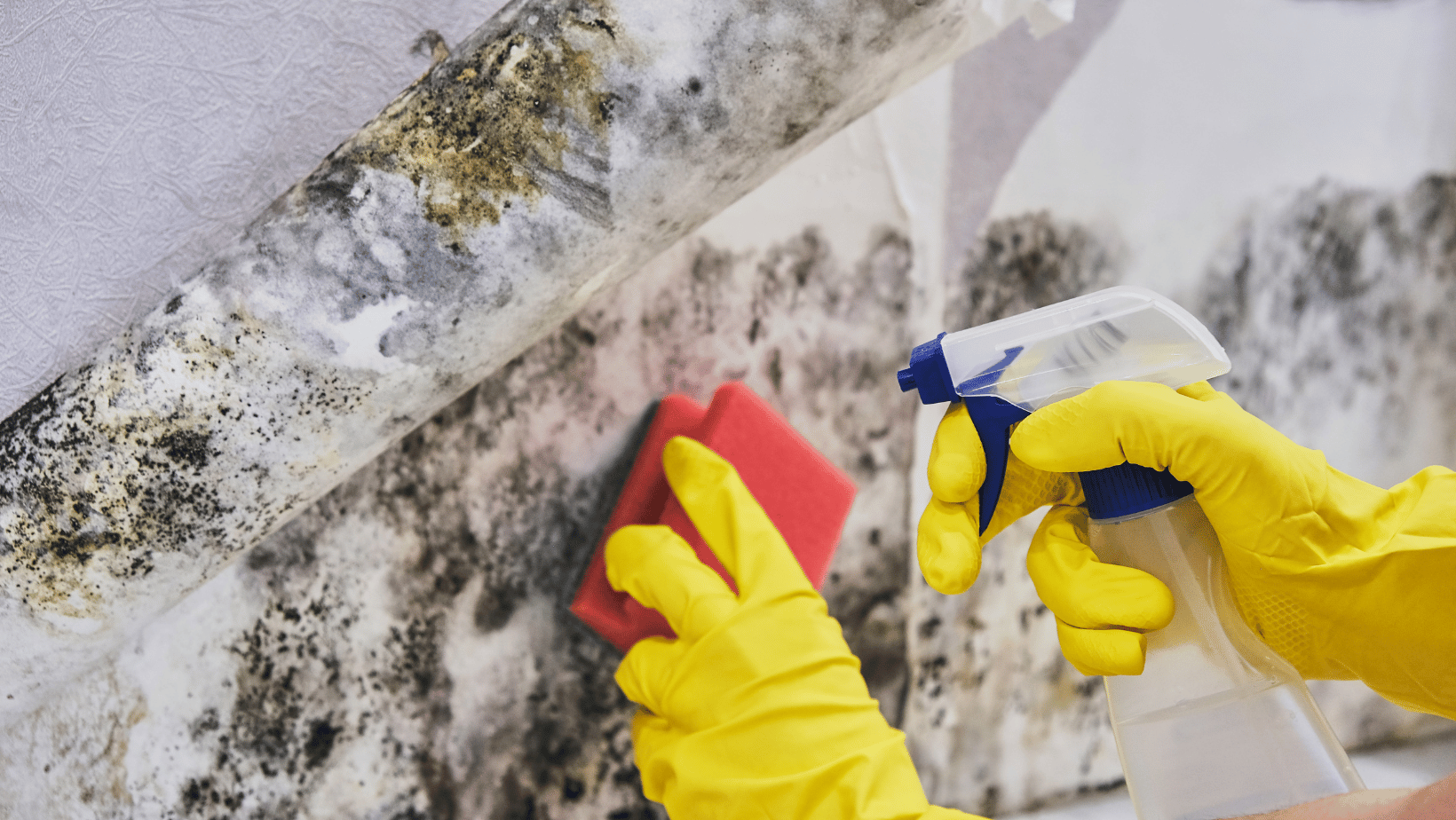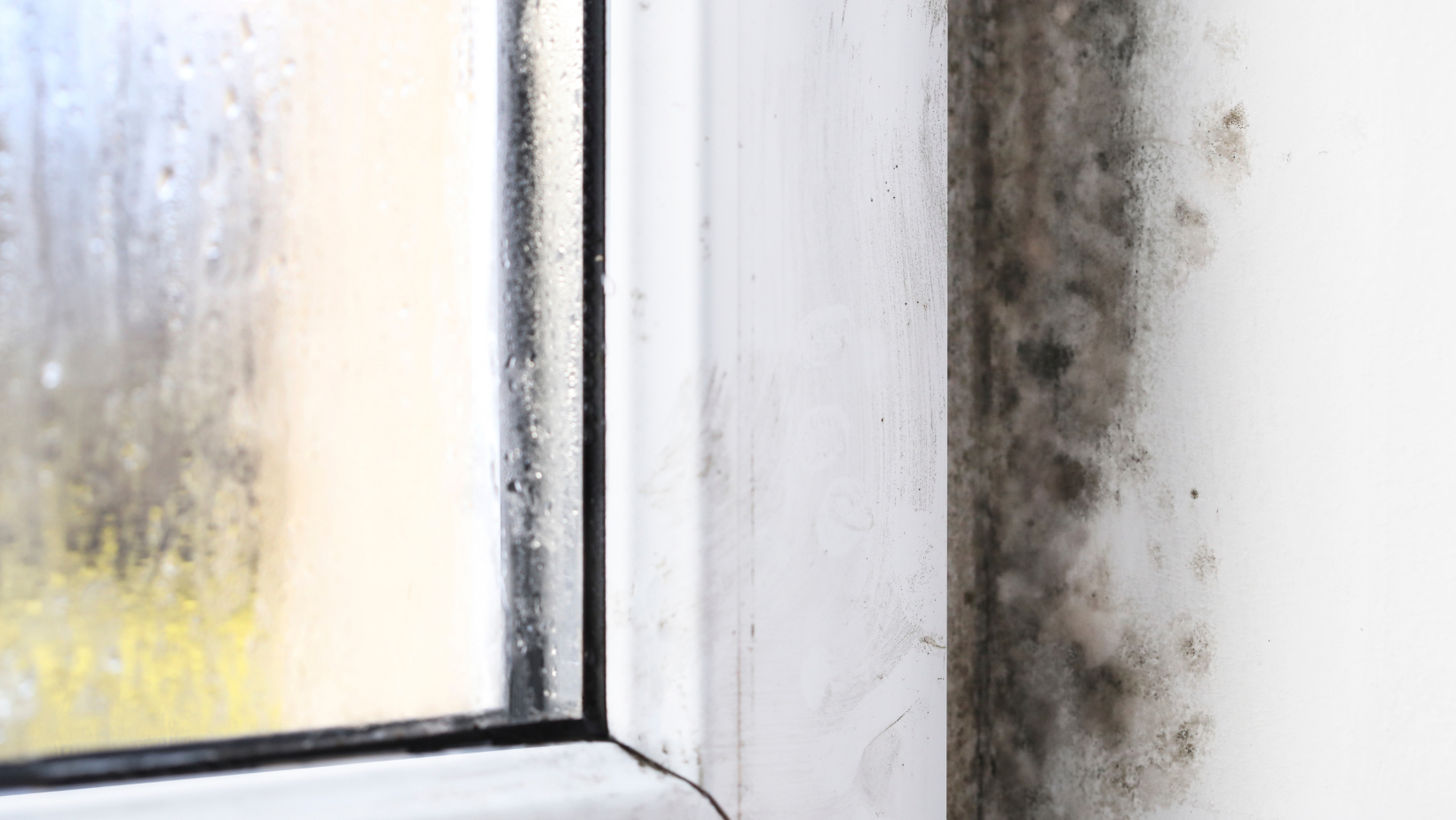Hidden Mold Growth in Louisiana Buildings
One of the characteristics of mold that makes it so difficult to manage is that it is not always visibly apparent. Spores are capable and contaminating any surface, including hidden surfaces. Even in cases where there are some visual indicators, there is often far more mold beyond what is detectable to the naked eye. If you are worried about mold, you should start by taking the time to thoroughly inspect all areas of the building that are accessible if you're looking for mold in your home. Since spores can get trapped in crawl spaces, inaccessible attics, behind walls, above ceiling tiles, and other hard-to-reach areas, mold can be particularly challenging to find. There may be a strong odor penetrating the interior space in some instances of hidden mold concerns. Musty, earthy smells are frequently one of the first indicators of a hidden mold and/or moisture issue. If you think you might have a hidden mold problem in your home or business, you should consider contacting a local mold inspector in Ville Platte to conduct a detailed mold inspection with mold testing and air quality testing for mold.
Where to Look for Signs of Mold & Moisture in Residential & Commercial Properties
While it might be difficult for homeowners to diagnose a mold problem on their own, homeowners can do their part by paying attention to the signs that might indicate an underlying issue. Some areas within a structure will be more conducive to fungal growth. Homeowners should monitor the following areas for signs of potential issues.
Bathrooms: Bathrooms naturally experience a lot of wetness. Normal bathroom activities mean using a lot of water on a daily basis. If homeowners are not careful, bathrooms can quickly become the ideal breeding ground for elevated fungal activity. Bathroom mold is mold common caused by a combination of high humidity, moisture, heat, steam and plumbing leaks. When taking a bath or shower, make sure your bathroom is well aired by opening the windows and turning on the exhaust fans for a suitable amount of time. Remove any condensation that has built up on the window, the walls, or the mirror. Plumbing leaks and sewage backups must be treated as quickly as feasible.
Kitchens: Kitchen mold caused by sink leaks (or other water incidents) are common issues for Louisiana homeowners. Water is produced by sinks, freezers, dishwashers, and various other kitchen appliances. The humidity rises as a result of cooking and cleaning activities. Your kitchen may be ripe for mold issues with all that moisture. Kitchens must have adequate ventilation. When cooking and cleaning, it's crucial to have the windows open and the exhaust fans running to improve air circulation. To ensure everything is in good working condition, homeowners should monitor all plumbing and appliances and do regular maintenance checks. Numerous things, such as plumbing leaks and broken appliances, can result in flooding (such as dishwashers and refrigerators). Leaks in the plumbing and appliances need to be rectified right away.
Attics: Roof leaks and siding damage aren’t the only issues that can cause mold growth. More commonly, attic mold is often the result of a combination of high humidity, poor ventilation, or insulation issues. Moisture and mold in the attic is more likely to go unnoticed for longer periods of time when the attic isn't frequently used. Mold may do a lot of harm if it is allowed to grow unchecked for an extended length of time. Homeowners should plan routine attic inspections to look for any potential problems. An expensive mold cleanup can often be avoided with early identification and repair.
Crawl Spaces: Common moisture-related crawl space problems include flooding, foundation wall seepage, plumbing leaks, and high humidity. Even while the majority of homeowners are aware that problems in crawl spaces are very common, they also don't hang out there on a regular basis. Mold may quickly grow and thrive in crawl areas because of the favorable circumstances there, without the homeowner even realizing it. Regular property inspections should become a habit for Louisiana residents.
Wood Floor Joists & Framing: If you have a crawl space, the foundation walls are typically at least partially below grade and exposed to ground water. Because crawl space walls at our direct line of sight, homeowners often report moldy foundation walls. What homeowners often overlook are the wood floor joists, subflooring and framing members overhead. As water evaporates (from flooding, seepage, leaks, etc.), the water vapors rise and adhere to the wood of the floor joists and subfloor. With time, the moisture builds up, soaks into the wood, and will eventually feed mold growth. When assessing your crawl space for mold, be sure to always look up. Visual indicators of mold on wood can be easy to spot, but often get missed because homeowners just do not know to look up.
Hidden Mold Growth In Louisiana Homes
If there are no obvious symptoms of a problem, hidden mold can go unnoticed for an extended period of time – allowing it plenty of time to continue to develop and spread. Unfortunately, usually by the time a homeowner discovers an issue, it may have spread into a major problem already. A musty smell is one of the most common indicators of a hidden issue. It can be challenging for homeowners to identify the cause of the problem because scents can infiltrate a building's structure. When attempting to determine what is creating the musty odor, locating any areas where there is a moisture problem is a great place to start. This includes looking for signs of leaks, floods, seepage, humidity, condensation, and other moisture issues. Some of the most typical places where hidden mold development can be found include...
- Inside wall voids
- Above ceiling tiles
- Under carpet
- Under floorboards
- Behind wallpaper
- Behind drywall
- In and around duct work
- On walls hidden behind furniture
Professional Mold Remediation for Hidden Mold and Moisture
When dealing with a hidden biological pollutant like mold, it is advised to use caution. It's crucial not to disturb the environment too much if mold is concealed beneath or under construction components. If you just begin arbitrarily removing walls and flooring – you could disturb the settled spores hidden beneath, release spores into the air, create cross contamination, and worsen the situation. As you disturb the settle spores, you could be exposing yourself to airborne mold and make yourself sick.
If you suspect hidden mold in your Louisiana home or business, contact a local mold inspection company in Ville Platte to do a thorough mold inspection with moisture mapping, surface sampling and air quality testing for mold. A certified inspector will have the necessary training and tools to identify fungal activity and moisture patterns in a strictly non-invasive way. With the findings, your inspector will be have to develop a detailed plan for proper remediation as needed. To learn more about mold inspection services near you, call DryMax’s local office today -- 337-446-2042.
You might also like
DryMax Mold Blogs




